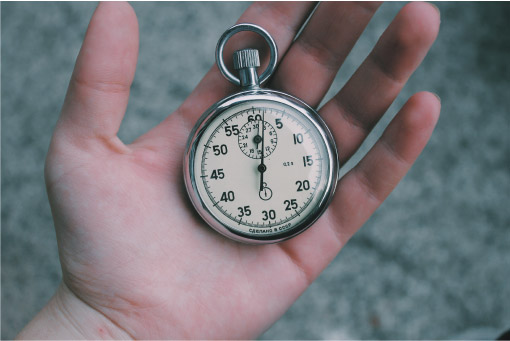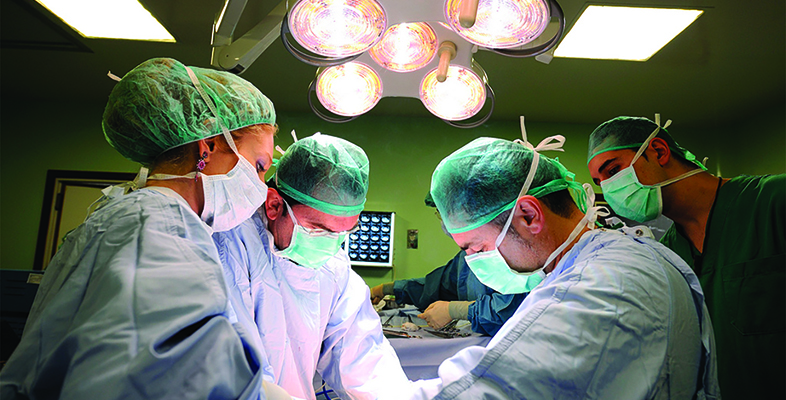2.4 Timely healthcare

Timeliness is a key component to high quality care. Timely care should minimise waits and delays in care or services, such as being admitted to hospital, receiving healthcare appointments, undergoing tests, and in receiving test results.
Activity 6
In the case of England, we can explore the timeliness of a number of healthcare services over time by looking at the data collected on these services to determine the healthcare quality. Take a look at these graphs showing the waiting time for diagnostic tests or procedures [Tip: hold Ctrl and click a link to open it in a new tab. (Hide tip)] (Quality Watch, 2016). Diagnostic tests or procedures are often required before a patient can be referred to another service and so shorter waits on these tests or procedures are indicative of better quality care.
- What does the first graph show about the timeliness of the service for diagnostic tests from January 2006 to January 2014 – does it appear to have improved or worsened over time and what are the reasons given for the changes?
- In the second graph, what is the median waiting time for a diagnostic test in July 2014?
- The third and final graph shows the number of people who are on the waiting list for a diagnostic test or procedure. What effect did the change that took place in 2008 appear to have on the waiting list?
Discussion
- The proportion of people waiting more than 6 weeks and more than 13 weeks reduced sharply in 2008 and continued to remain at a similar level during this time period. This indicates waiting times decreased and therefore timeliness appears to have improved in this respect. A likely cause for this change is the introduction of a six-week diagnostic waiting time target by the Department of Health in 2008.
- The median is approximately two weeks.
- The size of the waiting list in England reduced from approximately 810,000 in January 2006 to 411,000 in March 2008. This indicates that the amount of people who received a diagnostic test or procedure according to this graph almost halved. From 2009, the number of people receiving diagnostic tests and procedures has increased.
